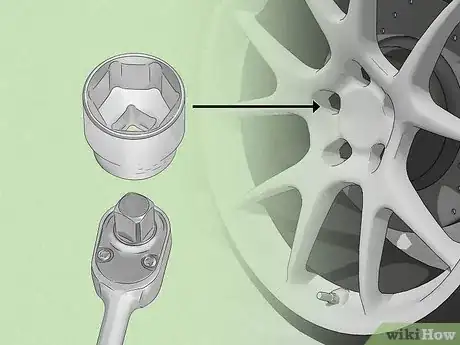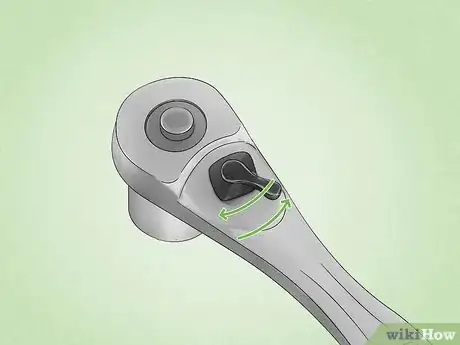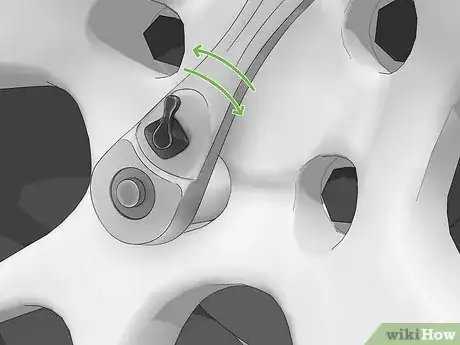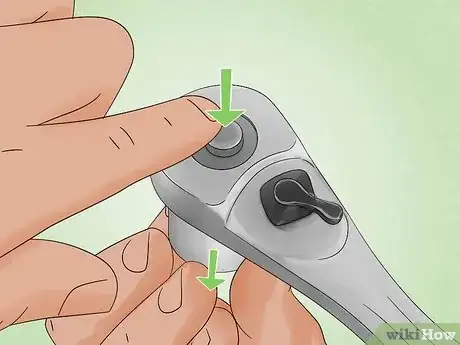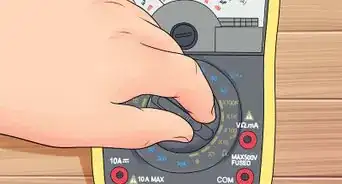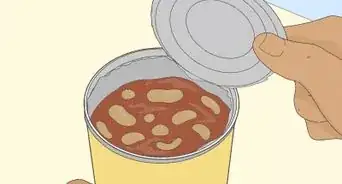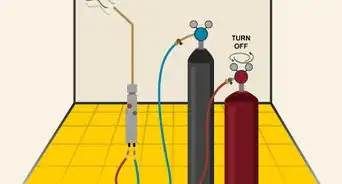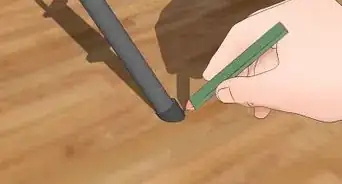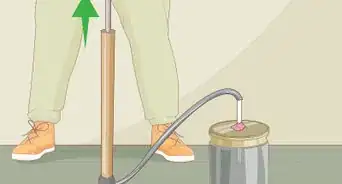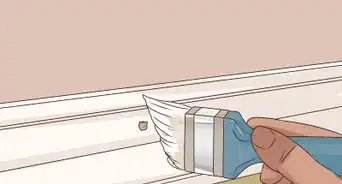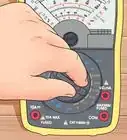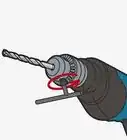This article was co-authored by wikiHow staff writer, Hunter Rising. Hunter Rising is a wikiHow Staff Writer based in Los Angeles. He has more than three years of experience writing for and working with wikiHow. Hunter holds a BFA in Entertainment Design from the University of Wisconsin - Stout and a Minor in English Writing.
There are 8 references cited in this article, which can be found at the bottom of the page.
Learn more...
Are you tired of refitting a standard wrench on a nut or bolt every time you finish turning it? If you want something quicker and easier to use, a socket wrench (ratchet) is the perfect addition to your toolbox. Socket wrenches have so many uses around the house for home and automotive repairs—if it has a nut or bolt, it’s time to use one. Since they only move in one direction, you don’t have to reposition your socket wrench after each turn and repairs go by so much faster. If it’s your first time with a ratchet, keep reading and we’ll walk you through exactly how it works!
Things You Should Know
- Choose a socket that’s the same size as the nut or bolt. Push the socket onto the square end of the wrench so it clicks into place.
- Set the wrench’s lever to set the ratchet direction. Put it to the left if you’re tightening the fastener or to the right if you’re loosening it.
- Fit the socket over the nut and turn the handle clockwise to tighten or counterclockwise to loosen the fastener.
- Keep the socket on the nut or bolt, and move the wrench handle back to the starting position. It will not move the fastener.
Steps
References
- ↑ https://youtu.be/HJEU0OKA3EM?t=43
- ↑ https://krankengineering.com/wp-content/uploads/2017/04/Wrenches.pdf
- ↑ https://youtu.be/s9XkCs8N1Z8?t=41
- ↑ https://youtu.be/Xh0uZCneXso?t=9
- ↑ https://youtu.be/l5tb6rRRP3Q?t=117
- ↑ https://www.artofmanliness.com/lifestyle/gear/toolmanship-your-complete-guide-to-wrenches/
- ↑ https://youtu.be/Xh0uZCneXso?t=26
- ↑ https://youtu.be/l5tb6rRRP3Q?t=556

